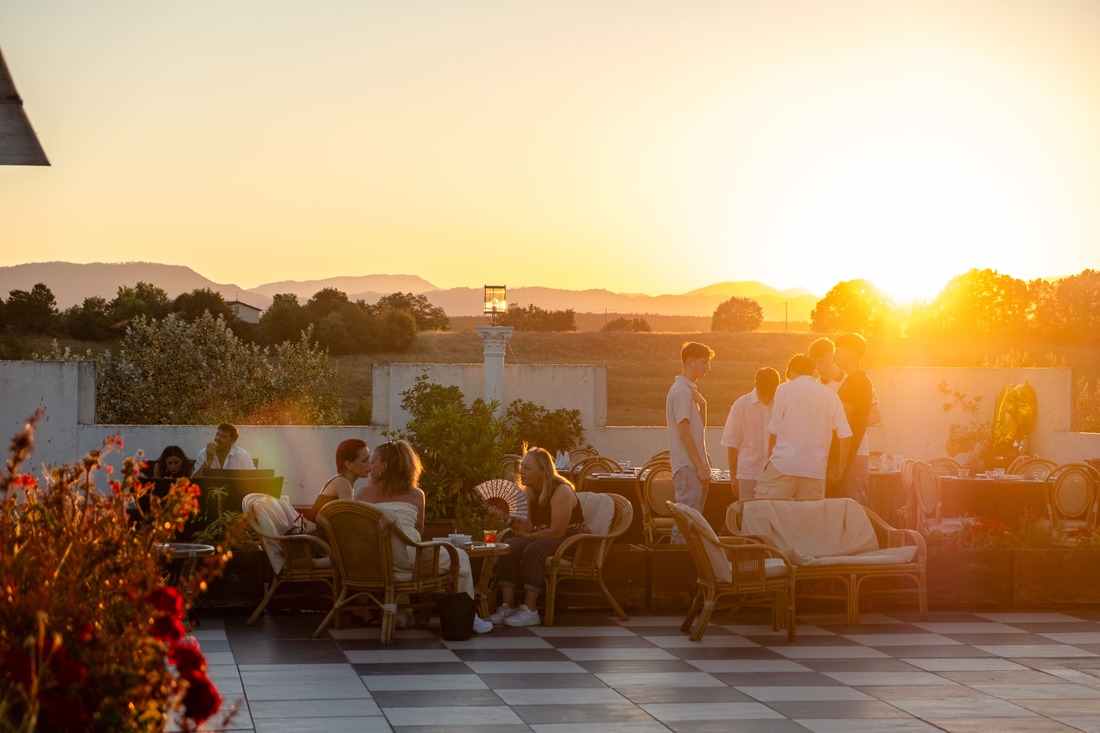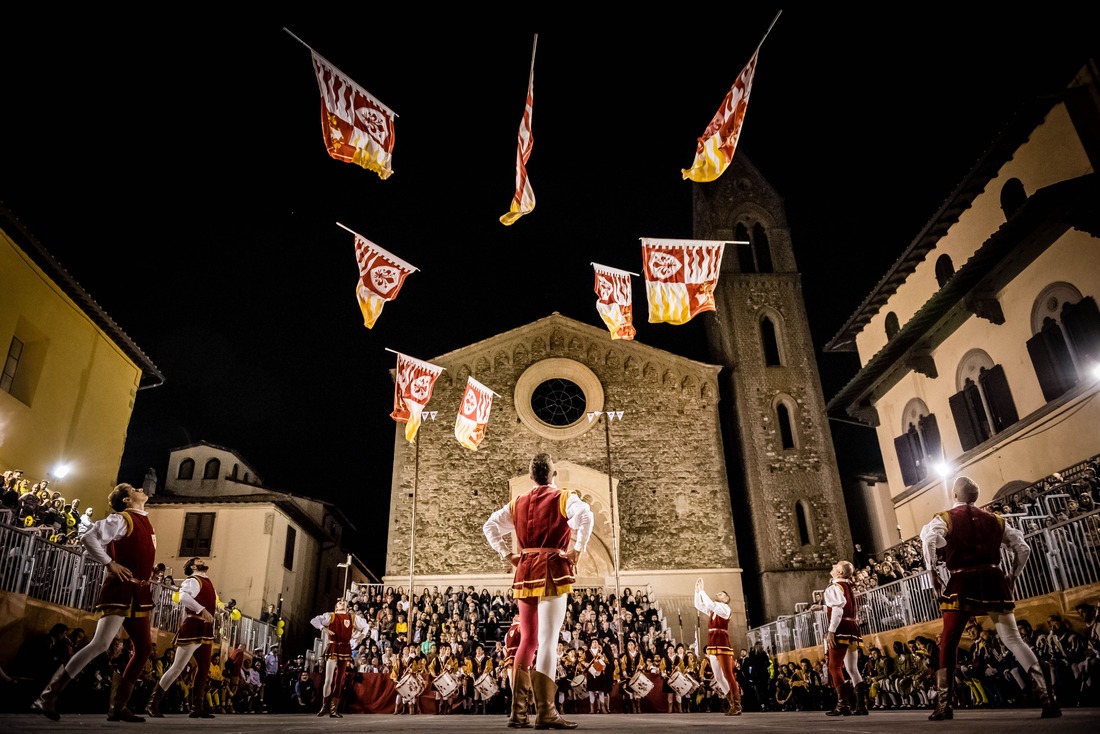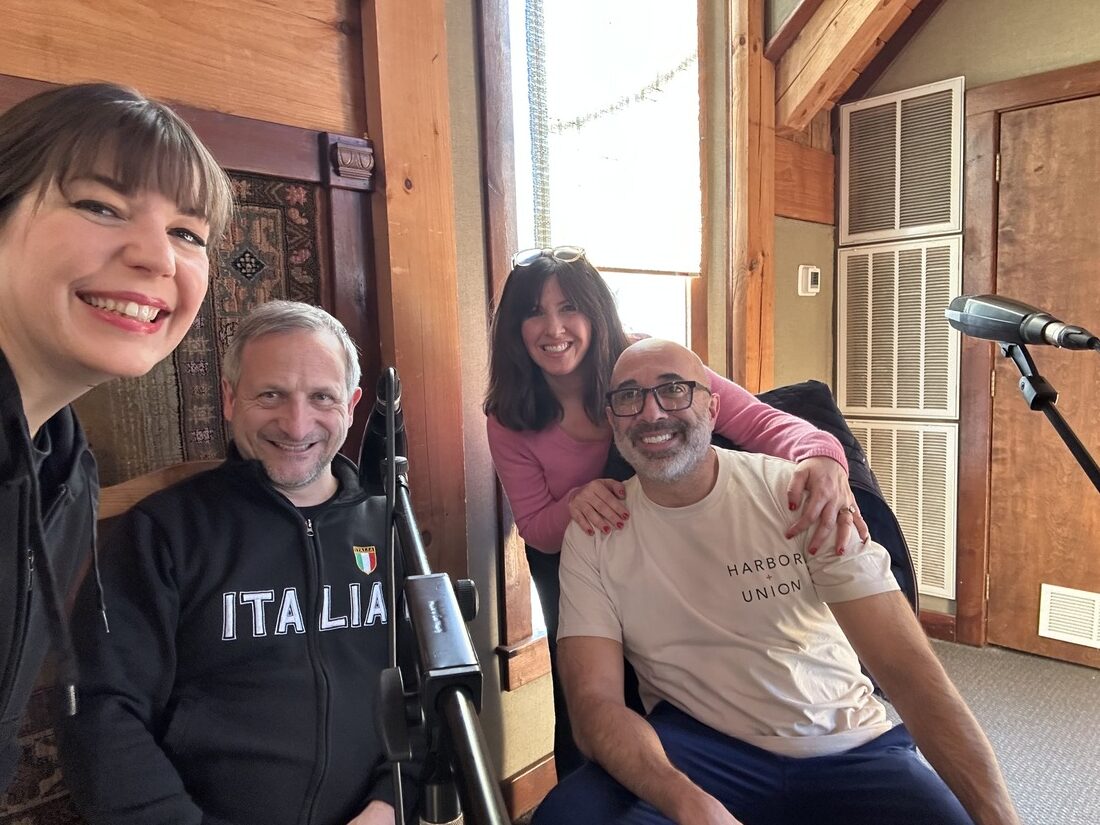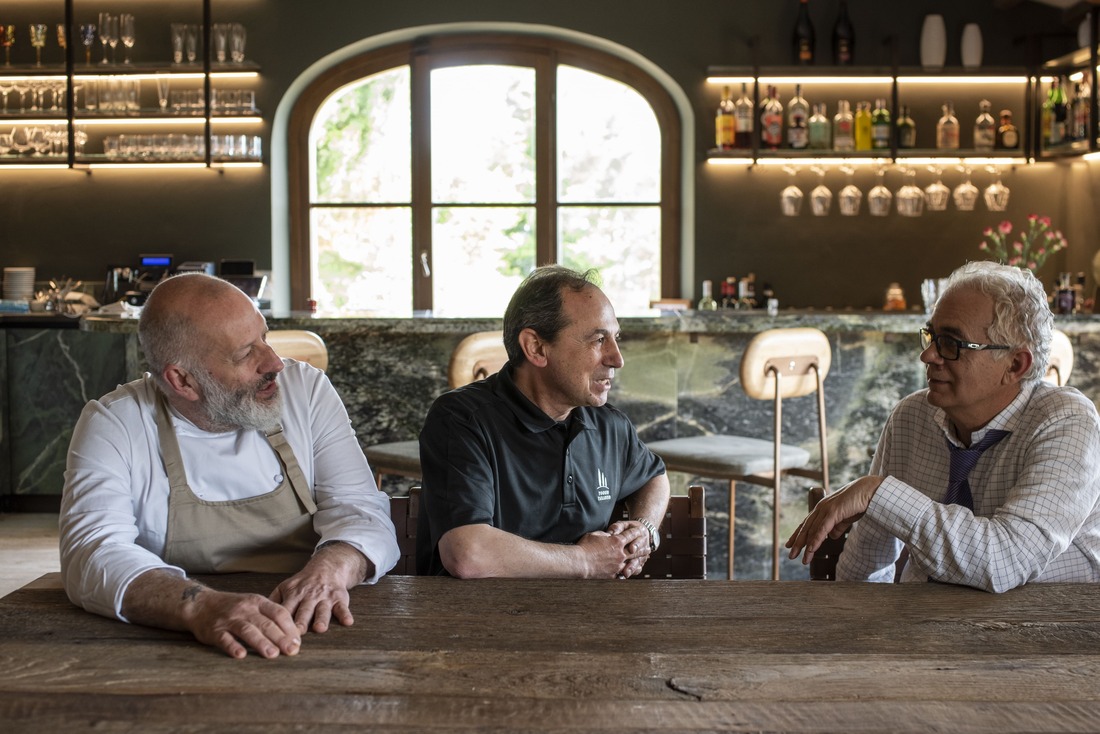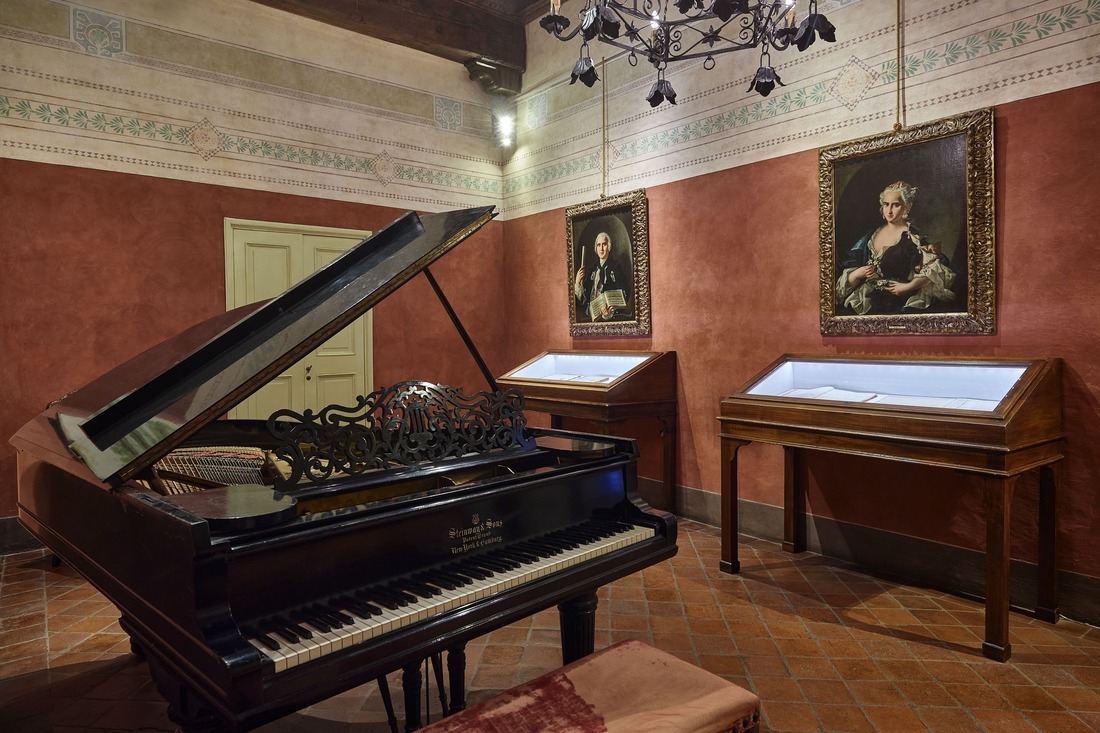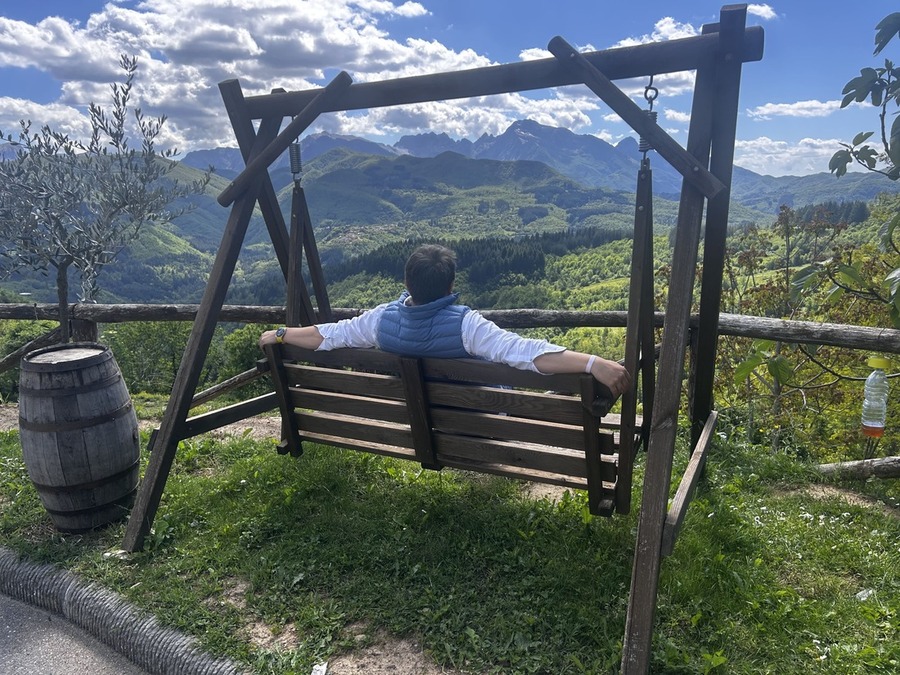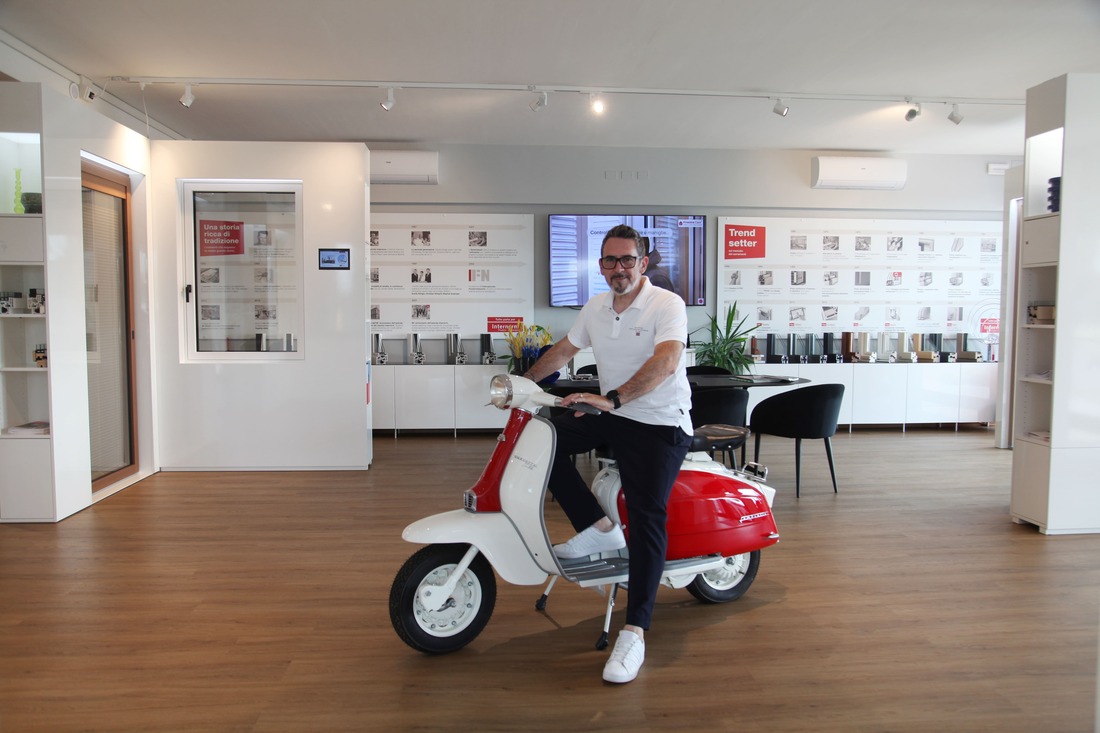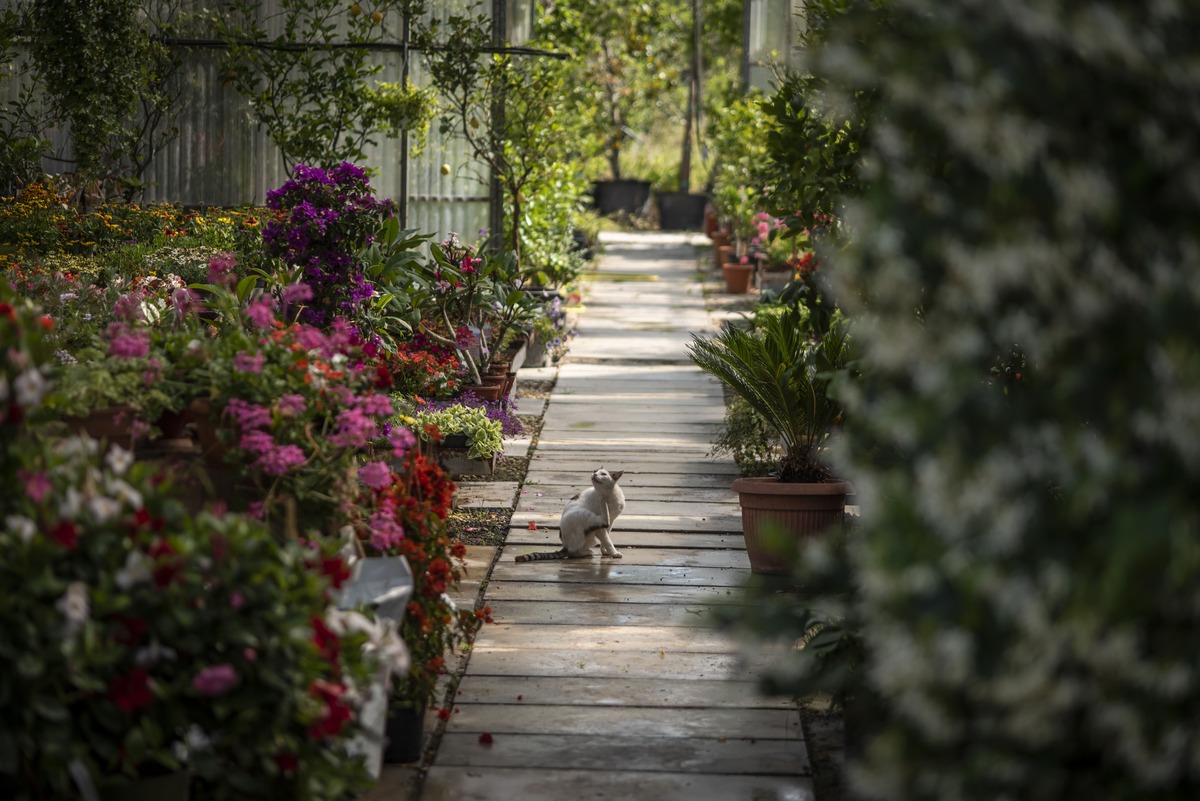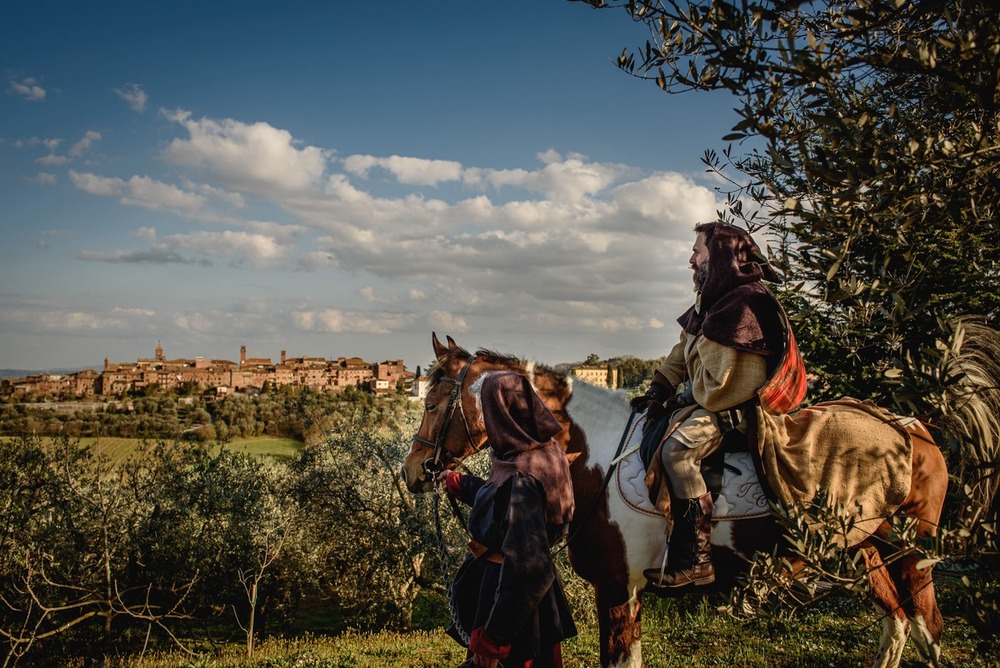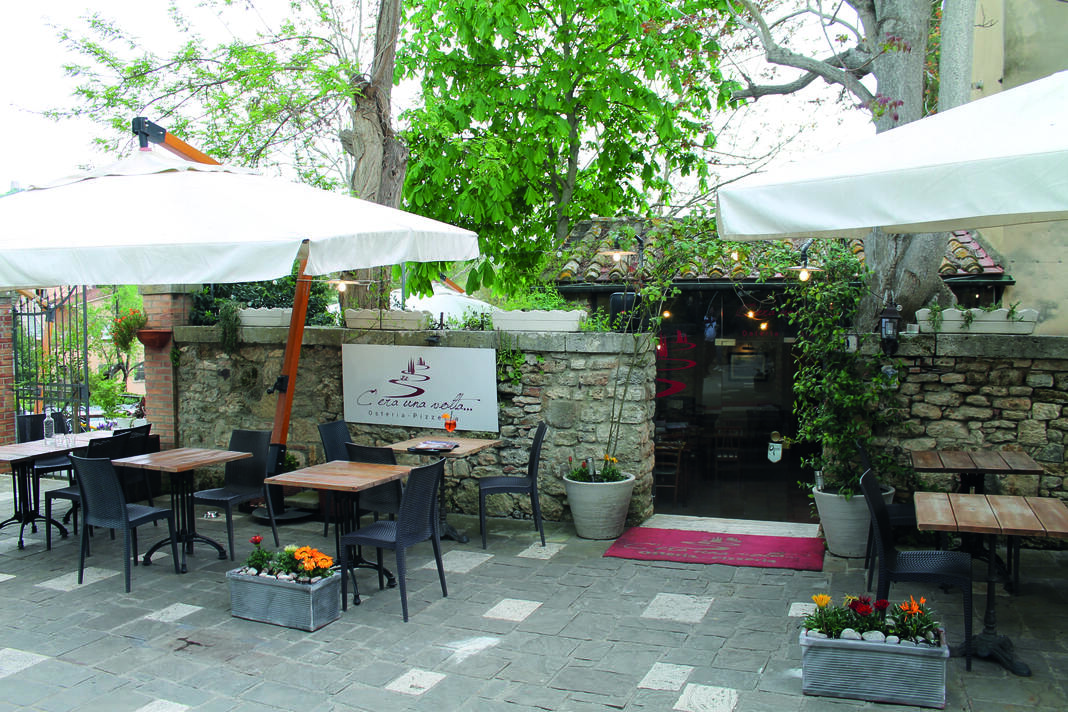A one-of-a-kind location offering breathtaking glimpses of the Tuscan hills, especially at sunset, when the golden light wraps everything in its warm embrace.
read more >Tag: Tuscany
the Diotto is also art, music, markets and many events
read more >The Flood Bilancino Festival heats up the engines as it approaches its 2025 edition. From 17 to 20 July, one of the most anticipated events of the Mugello summer returns to Lake Bilancino with its increasingly varied proposal between shows, concerts, DjSet, theater and the best of Street Food national and international.
read more >In the heart of Cortona, nestled beneath the same Tuscan skies that inspired Under the Tuscan Sun, there’s a place where ancient craftsmanship, family heritage, and modern elegance meet—link by link. It’s not a vineyard, nor a palazzo hotel, but a jewelry house unlike any other: DelBrenna Jewelry.
read more >As usual, it is my friend Chris Romani who welcomes me with professionalism and cordiality at Poggio Paradiso. We haven’t seen each other for some time and, after the necessary personal updates, this time we review the key figures of the resort.
read more >Florence, capital of the Renaissance, we are in the complex of the Basilica of San Lorenzo; Paris, the essence of modern European culture, from the Place de la Madeleine to the Hôtel de Crillon: two monumental exhibition itineraries in which Maestro Andrea Roggi confronts the architecture and volumes of the city through the significant lens of his creations. A journey that is only apparently formal that catapults the viewer into a dreamlike and archetypal dimension.
read more >The appointment is from Thursday 2 to Sunday 5 October 2025, in the most evocative places of the city: the Church of San Francesco, Palazzo Ducale, the Botanical Garden, Auditorium del Suffragio, Libreria Civica Agorà.
read more >The house was transformed into a museum in 1979, thanks to a donation from Rita Puccini Dell’Anna, the Maestro’s daughter-in-law. In 2010, a careful philological restoration brought the building back to its original structure, creating an evocative exhibition itinerary that develops through twelve rooms.
read more >Sensory experiences by ‘La Penisola dei Sensi’ (Peninsula of Senses), between nature, taste and memory.
read more >Daniele Cagnoni’s vision that combines technique, service and culture of windows and doors.
read more >Pacelli is mostly used by farms and agriturismo, i.e. buyers who do business with plants, but among the customers there are also many private individuals who ask for the design of their own garden.
read more >The Municipality of Torrita di Siena, which is one of the founding members of the Valdichiana Food Community, has been committing itself for years with actions aimed at safeguarding the environment, recovering the memory of its rural origins and the activities and tools related to it and, last but not least, the adoption of administrative measures that guarantee the use of local raw materials in the canteens of its territory
read more >Florence, capital of the Renaissance, we are in the complex of the Basilica of San Lorenzo; Paris, the essence of modern European culture, from the Place de la Madeleine to the Hôtel de Crillon: two monumental exhibition itineraries in which Maestro Andrea Roggi confronts the architecture and volumes of the city through the significant lens of his creations. A journey that is only apparently formal that catapults the viewer into a dreamlike and archetypal dimension.
read more >Archidomus has been active for many years in the planning, interior design, project and construction site management for the renovation of important properties, villas and farmhouses – which stand out for their Tuscan style
read more >Entering the Enoteca Meucci you cannot help but feel all this and you will certainly be enchanted.
read more >By Our Editorial Staff Experience and dream can create a magical combination. This is the case of the entrepreneur Giovanni Pezzella, who arrived in Tuscany from Campania to create two restaurants different in proposal but similar in vocation: to offer the highest possible quality thanks to attention to detail and an all-encompassing experience. […]
read more >